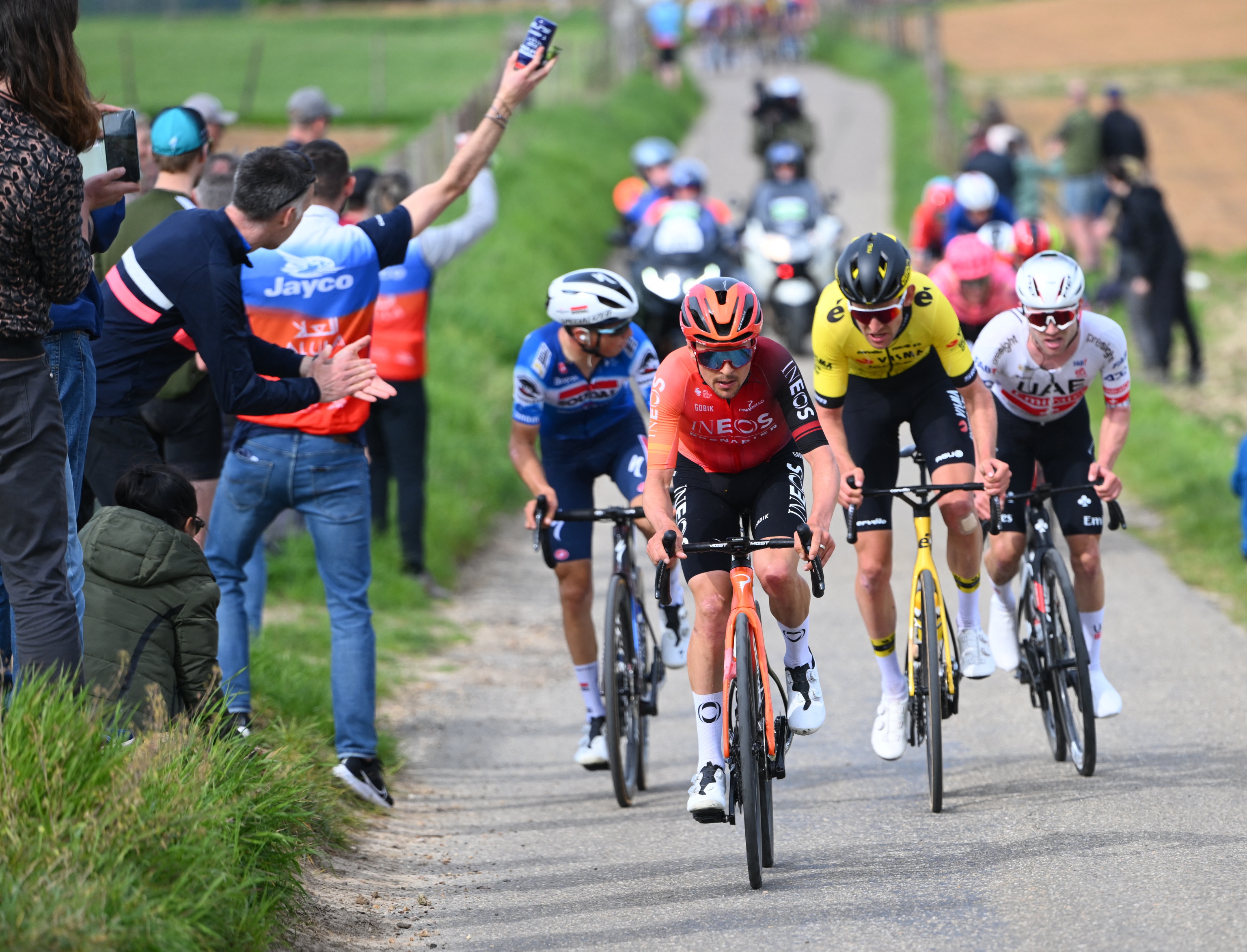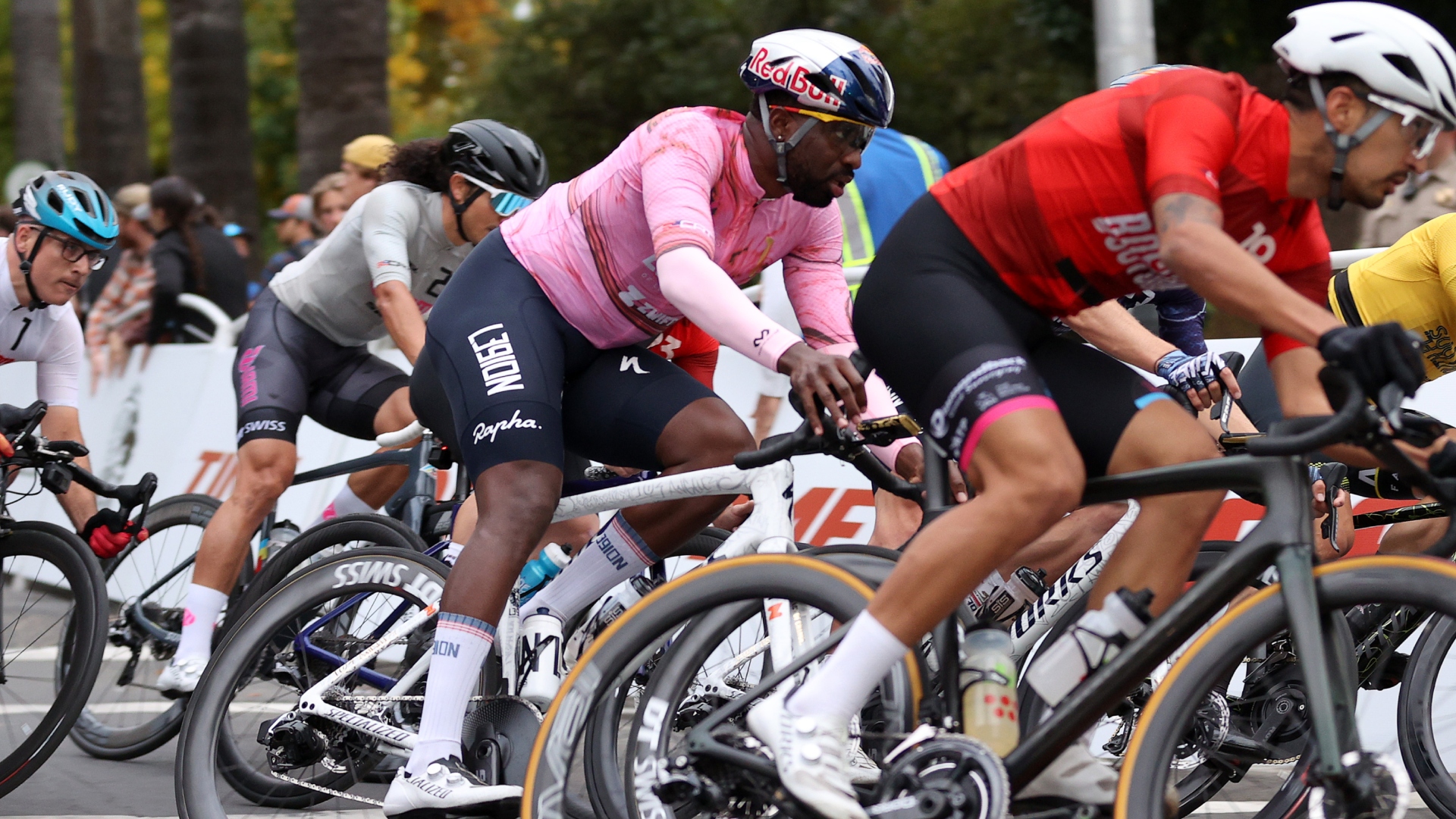cycle to work scheme: Four is the magic number

Cycle To Work Scheme / Simon Scarsbrook

Cycle To Work Feature Simon Scarsbrook
23rd January 2010 Words: Rebecca Charlton Illustrations: Simon Scarsbrook
They've been mooted as its death knell, but HMRC's recent changes to the Cycle To Work Scheme could be good news after all.
Despite the taxman’s mean-spirited intervention, the Cycle to Work Scheme (C2W) is still a great way to get yourself onto two wheels. Extend the ‘hire’ period to four years and you’ll still only have to pay a negligible amount as final settlement for your bike.
There was widespread consternation, not least on Cycling Active, when it looked like the tax-free bike incentive was no more, but a closer look at the latest rules show that there is light at the end of the tunnel. We talked to Cyclescheme, the UK’s number one provider of tax-free bikes on the Cycle to Work programme, and it assured us that the reality is less gloomy than originally thought.
In short, what the new rules have done is scrap the standard five per cent final transfer cost, which came at the end of a compulsory minimum 12-month hire term. In its place Her Majesty's Revenue & Customs (HMRC) introduced a table of Fair Market Value (FMV) for employers or scheme facilitators to pass ‘ownership’ on to C2W users. It looked like a lot more money would have to change hands.
The key point, however, is that you do not have to pay the FMV after one year. The value of the bike drops year on year and after four years it’s significantly cheaper.
Take a look at our valuation table and you’ll see the amount owed dropping significantly with each year you ride the bike. What’s more, the VAT is included in the percentage value whereas you used to pay that on top. We’ve been doing our maths homework…
The 'FMV' valuation table
Under the new scheme a Specialized Sirrus Sport costing approximately £500 would have a ‘fair market value’ of £90 including VAT after one year. Calculating using the old system, the same bike would have cost £25 + 20 per cent VAT meaning you’d hand over £30. So after one year there is a difference in cost of £60. However, if you were to wait four years to transfer ownership, by signing and paying a continuation deposit, you would pay £15: half of the cost under the old scheme, so in fact you can make even higher savings.
Get The Leadout Newsletter
The latest race content, interviews, features, reviews and expert buying guides, direct to your inbox!
A Wilier Lavarado, which sells for around £1,000, would have a FMV at £250 after one year compared with £60 under the old transfer rules. After four years on the revised scheme, you’d pay £70 for ownership of the bike, leaving you just £10 out of pocket.
Cyclescheme say a continuation deposit is payable under the revised format. That deposit will actually equate to the value of a four-year-old bike, the employee having signed an extended use agreement. After four years you take ownership of the bike and Cyclescheme keeps the deposit: everyone’s happy.
So, the scheme is still “economically attractive” according to Cyclescheme’s Daniel Gillborn. “When HMRC made the announcement about changes to the Government initiative people were frightened off unduly. When we heard of the revised valuation matrix we too had to stand up and pay attention and we believe we have come up with the right solution.
“For us, the valuation table has simplified the process and now the challenge is simplifying the message so that both employees and employers fully understand the benefits.” Gillborn assured us that with Cyclescheme “the employee can have extended use of the bike to allow the recipient to wind down its cost with a decreased FMV after four years.”
HMRC says: “The Cycle to Work Scheme is a very generous tax break and remains so.”
When will it be mine?
Cyclescheme’s Daniel Gillborn explains: “A ‘continuation deposit’ is the amount the market value has been calculated for the bike based on the four-year HMRC valuation and is held as a deposit from the participant in exchange for the continued use of the bike. At the end of the fourth year this deposit can be exchanged for ownership. You pay 12 instalments, then the deposit in the 13th month.”
The good news
▶ Hang on to the bike for four years and you could end up paying less than before.
▶ There’s no downside to transferring ownership after a longer period.
▶ As long as you are outside the 12-month period where you are sacrificing your salary and making the initial hire payments you are still eligible to take part in future schemes during the extended period.
▶ At worst you’re still getting an interest free loan.
▶ A continuation deposit covers you if you lose/change your job within the extended ‘use’ period.
▶ You could request to pay tax on the benefit in kind but your HR depts might balk at the implications of this.
▶ You can get another bike as soon as your initial 12 month hire term is up.
▶ The new FMV percentage charge includes VAT — the misconception is that you pay this on top.
▶ Under the old rules you would pay five per cent plus VAT so an extended hire / use term offers a good deal and the difference is less than most think.
COMMENT: Why is HMRC taxing Cycle to Work?
The benefits of improved health, mental wellbeing and workplace productivity for people who take regular exercise are well known.
Those are three of the benefits of cycling to the office. Reduced demand on NHS services and increased productivity at work both result in savings (on healthcare) and benefits (higher profits and tax returns) to the government.
And many independent UK shops have also managed to survive and indeed prosper during the current downturn thanks to new business from C2W. That’s jobs saved, rents paid and taxes maintained.
And there’s a fourth benefit, which is reduced congestion on the roads thanks to an increase in commuting by bike. That not only benefits all working people and UK businesses, it helps tackle pollution and quality of life issues as well.
Cycle to Work is more than just a money saving scheme — it is a wellbeing and green initiative which has been phenomenally successful.
HMRC’s baffling intervention has damaged C2W. Is the government so determined to screw every penny out of us that it’s blind to the confusion surrounding this green scheme?
Contact: Cyclescheme
This article first appeared in the February 2010 issue of Cycling Active magazine

Thank you for reading 20 articles this month* Join now for unlimited access
Enjoy your first month for just £1 / $1 / €1
*Read 5 free articles per month without a subscription

Join now for unlimited access
Try first month for just £1 / $1 / €1
-
 How to watch the Amstel Gold Race 2025: Everything you need to live stream the Dutch Classic
How to watch the Amstel Gold Race 2025: Everything you need to live stream the Dutch ClassicAll the broadcast information for the first of the Ardennes Classics on 20 April with Tom Pidcock – here's how to watch Amstel Gold Race online and on TV.
By Adam Becket
-
 Can you make a living as an American domestic road racer? A look inside the part-time professionalism of the American road peloton
Can you make a living as an American domestic road racer? A look inside the part-time professionalism of the American road pelotonAfter decades of booms and busts, the American road scene finds itself in a fragile place. We spoke to riders to understand the reality of chasing the dream on home soil
By Logan Jones-Wilkins